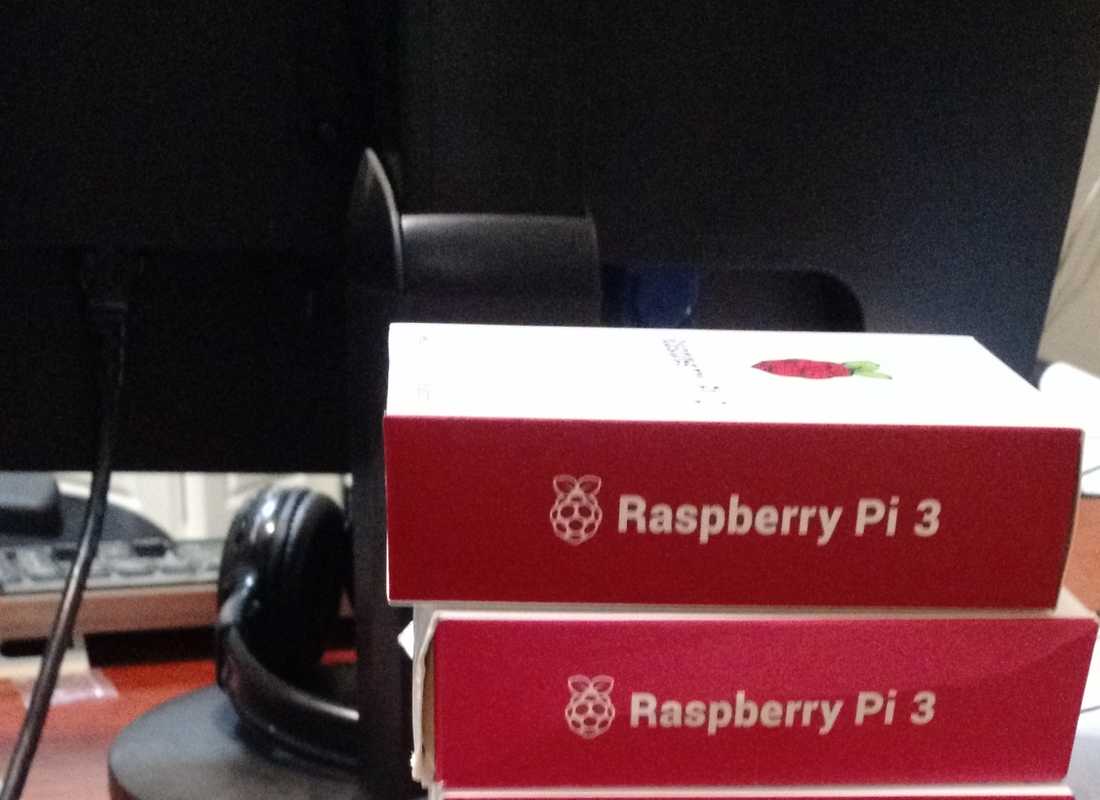Tired, very tired. This blog is going to have its beginnings on the lower lever, more accurately the sub-level of the Beijing airport. Waiting in terminal E57 waiting for flight CA905 to Yangon. It will be my first trip to Yangon and the second time in Myanmar. The flight from Vancouver was roughly 11 hours and trip on the ferry nearly two hours before that. It was a dark and stormy morning…maybe I should have led with that opening. All of this is irrelevant, however.
The main objective of this trip is to set up a computer lab in the village of Daw Hut Taw outside of Mandalay. This is the pilot project to what will hopefully expand to deploying labs in all of the schools which have been built by the 100 Schools Project. One goal in Yangon is to source out some components for the computer lab. These are a UPS, monitors, keyboards, mice and probably a 3g router. There will be no internet at the school and I am hoping that a 3g router on the wireless network will open up communication channels moving forward. I will also be in attendance for the opening of the 50th school built by 100 Schools. These schools have been build with financial aid from UR Building Knowledge along with several other generous groups. I would recommend checking out the websites for more information.
There is no need to source out computers for this first lab because they flew with me in my carry on bag. No this is not the carry-on type that you may see when someone is trying to stuff all their luggage into the overhead compartment. This bag is a single backpack used for day hiking. Stored within my Kelty Redwing 3100 (thanks Mom and Dad) are 8 computers with cases and power supplies for each. All in original packaging and boxes. How is this possible you may ask? Or even if you don’t I will tell you. The computer lab will consist exclusively of Raspberry Pi 3’s.
A Raspberry Pi 3 is a single board computer with the form factor of a credit card. Aboard this computer is a quad-core 1.2 GHz ARM processor, 1 GB Ram, wifi, bluetooth, 4 x USB 2.0 ports and a 10/100 ethernet connection. It is powered by a 5.2V 2.4A micro-usb power supply (think Android phone charger) and has HDMI out.
That may be a bit too far into the weeds, but the point is that it is an affordable way to create a viable learning experience. I have been working with some of the individuals behind XSCE/Internet-in-a-Box to develop a content server to make information available offline. The server I brought, made from a Raspberry Pi contains about 60 GB of data which is accessed via the web browser from other Raspberry Pi’s used as clients.
Okay, my eyeballs are about to start bleeding as exhaustion and a month straight of screen time working on getting this project up and running are starting to set in. As this is my first blog I am not sure how long or interesting it is supposed to be. I have a feeling it is too long in length and too short in interesting.
Please leave a comment with feedback if you are interested in more information or another post in the future. And now onto the next leg of the journey.
